
Boost Your Research Efficiency with AI-Powered Mind Maps
AI-powered mind maps to help you streamline your research and get your work done faster.
Education Consultant
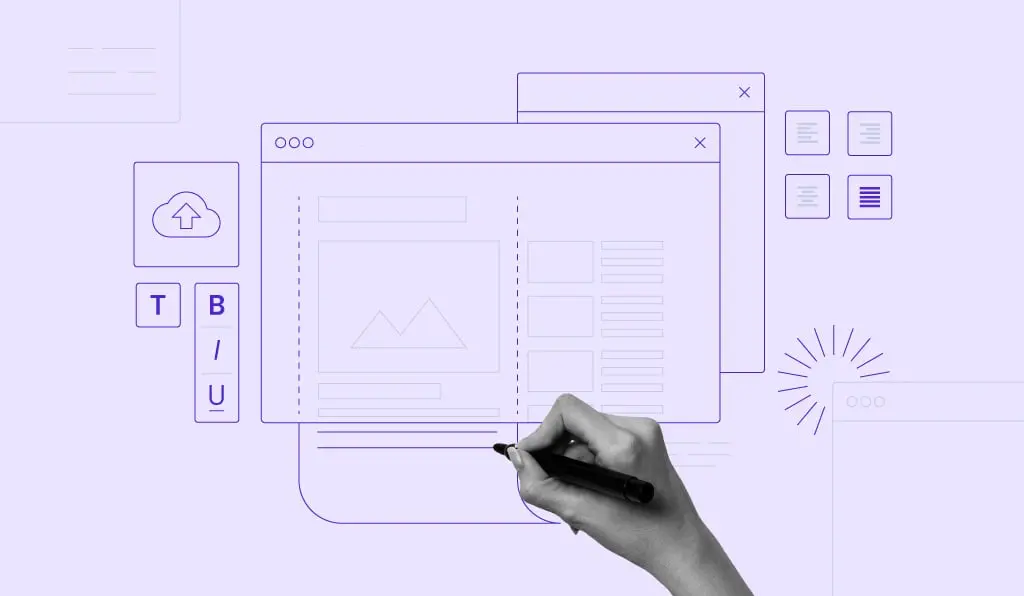
An Exam Format Mind Map serves as a visual representation of the structure and layoutof an upcoming exam. This mind map is designed to help students understand the typesof questions they may encounter, the key topics to focus on, and the strategies foranswering each type of question effectively. By organizing this information visually,students can create a clear roadmap for their exam preparation, leading to increasedconfidence and improved performance.

Image from: Building Your Way Forward: Mind Maps, Odyssey Planning and Prototyping | The Annin Group, LLC
Mind maps have emerged as a powerful tool for students preparing for exams. They offer a unique way to organize information, making it easier to study and retain complex concepts. Here are some key benefits of using mind maps for exam preparation:
While traditional mind maps can be used for various purposes, mind maps specifically designed for exam preparation focus on summarizing key concepts, topics, and relationships relevant to the exam material. Here are some differences:
While mind maps can be incredibly beneficial for exam preparation, students may encounter some challenges when using this technique. Here are some common difficulties and potential resolutions:
Overcomplication: Students may be tempted to include too much information in their mind maps, leading to cluttered and confusing visuals.
Resolution: Focus on key concepts and keep the information concise. Use keywords and phrases instead of long sentences to maintain clarity.
Lack of Structure: Without a clear structure, mind maps can become disorganized, making it difficult to follow the flow of information.
Resolution: Start with a central idea and create a hierarchy of branches for main topics and subtopics. This will help maintain a logical structure.
Difficulty in Recall: Some students may find it challenging to recall information from their mind maps during exams, especially if they are not used to visual learning.
Resolution: Regularly review and practice recalling information from the mind maps. Use them as study aids rather than standalone resources.
Time-Consuming: Creating detailed mind maps can be time-consuming, which may lead to frustration, especially when preparing for multiple subjects.
Resolution: Set a time limit for creating each mind map and prioritize the most important topics. Consider using digital mind mapping tools that can speed up the process.
Limited Familiarity: Some students may not be familiar with mind mapping techniques, leading to ineffective maps.
Resolution: Take time to learn about effective mind mapping strategies and explore different styles. Practice creating mind maps for various subjects to build confidence.

Image from:Revision Mind Maps: Your Key to Exam Success (savemyexams.com)
Creating a mind map for exam preparation is a straightforward process. Here are the steps to create an effective mind map:
To maximize the effectiveness of your mind map for exam preparation, consider the following tips:
This mind map provides an overview of a specific subject, such as Biology or History. It includes main topics, subtopics, and key concepts, allowing students to see the big picture of what they need to study.

Image from: University of Tasmania
For a specific topic, such as Photosynthesis in Biology, this mind map breaks down the process into its components, including the light-dependent and light-independent reactions, key terms, and diagrams.
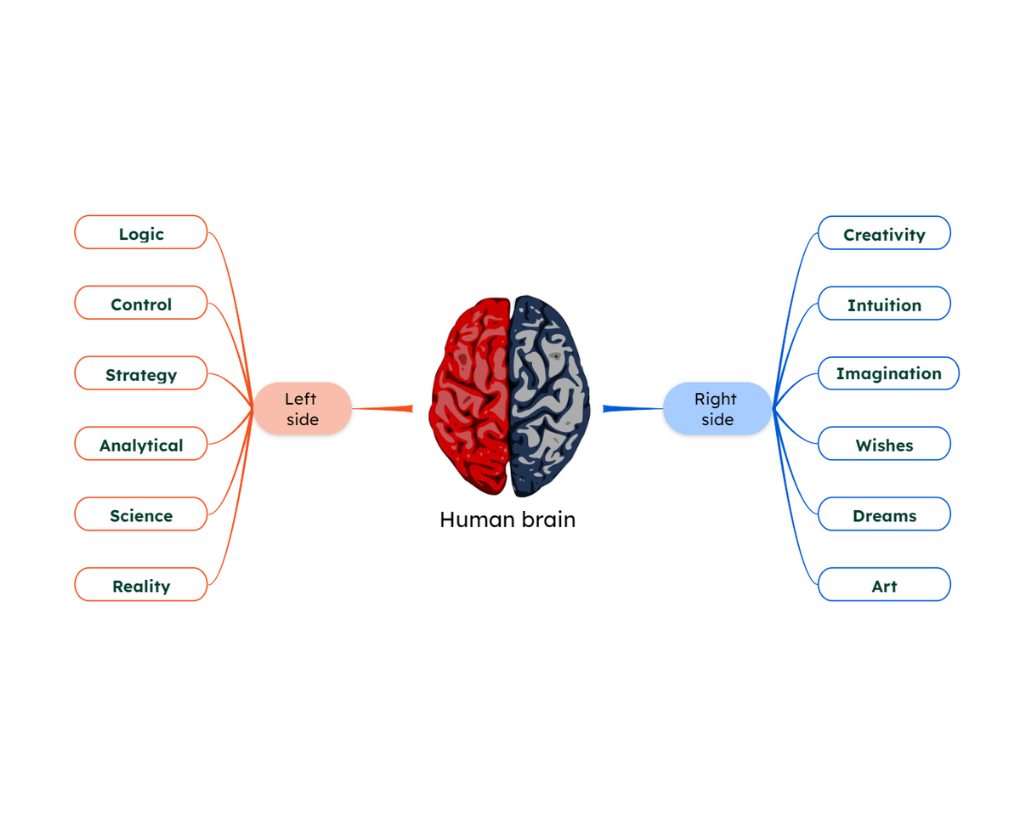
Image from: mindomo
This mind map focuses on revision strategies, highlighting areas that need more attention and providing a clear path for study sessions. It can include questions, key terms, and important dates relevant to upcoming exams.
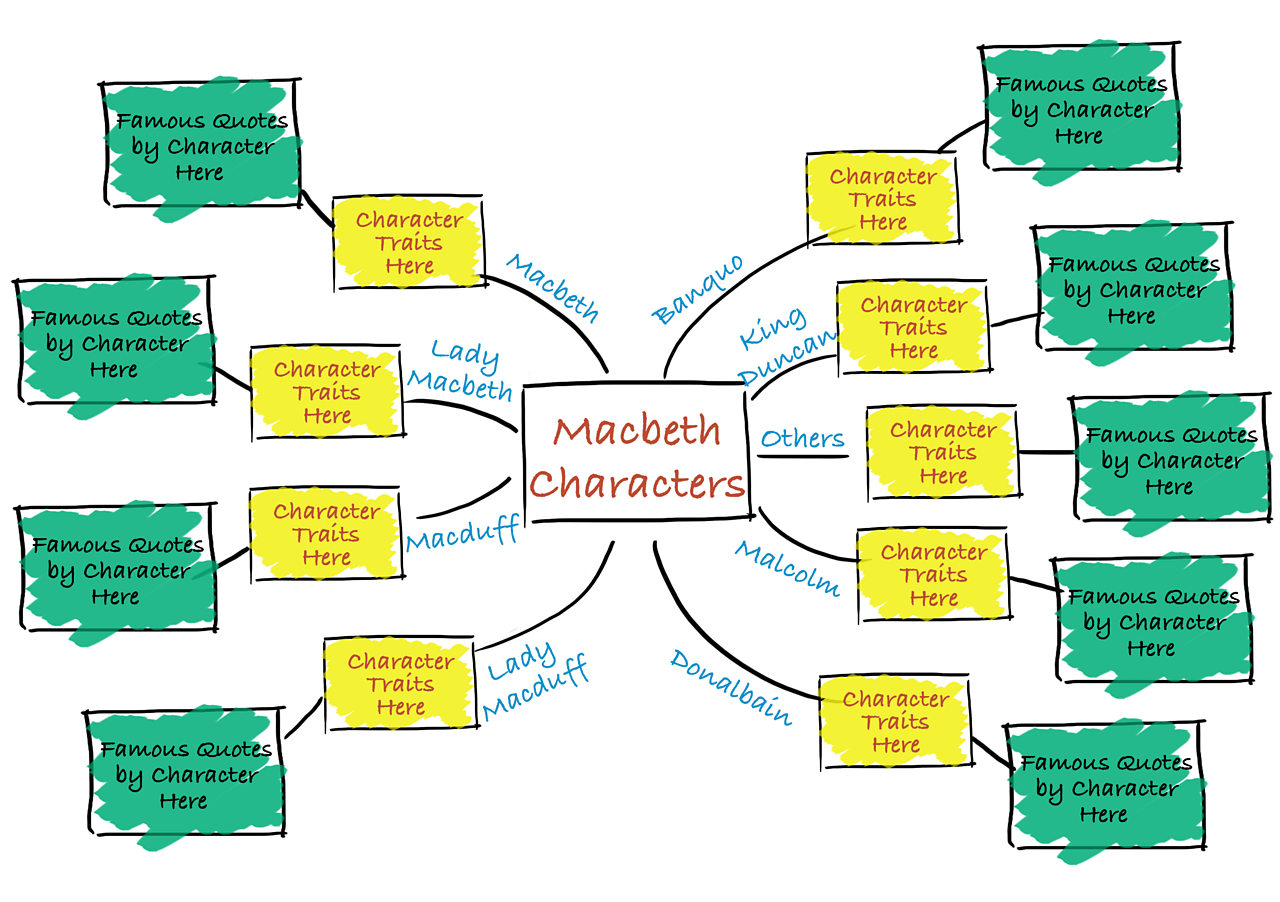
Image from: weebly
This mind map organizes a study schedule, breaking down study sessions by subject and topic. It can include specific dates, times, and goals for each session.
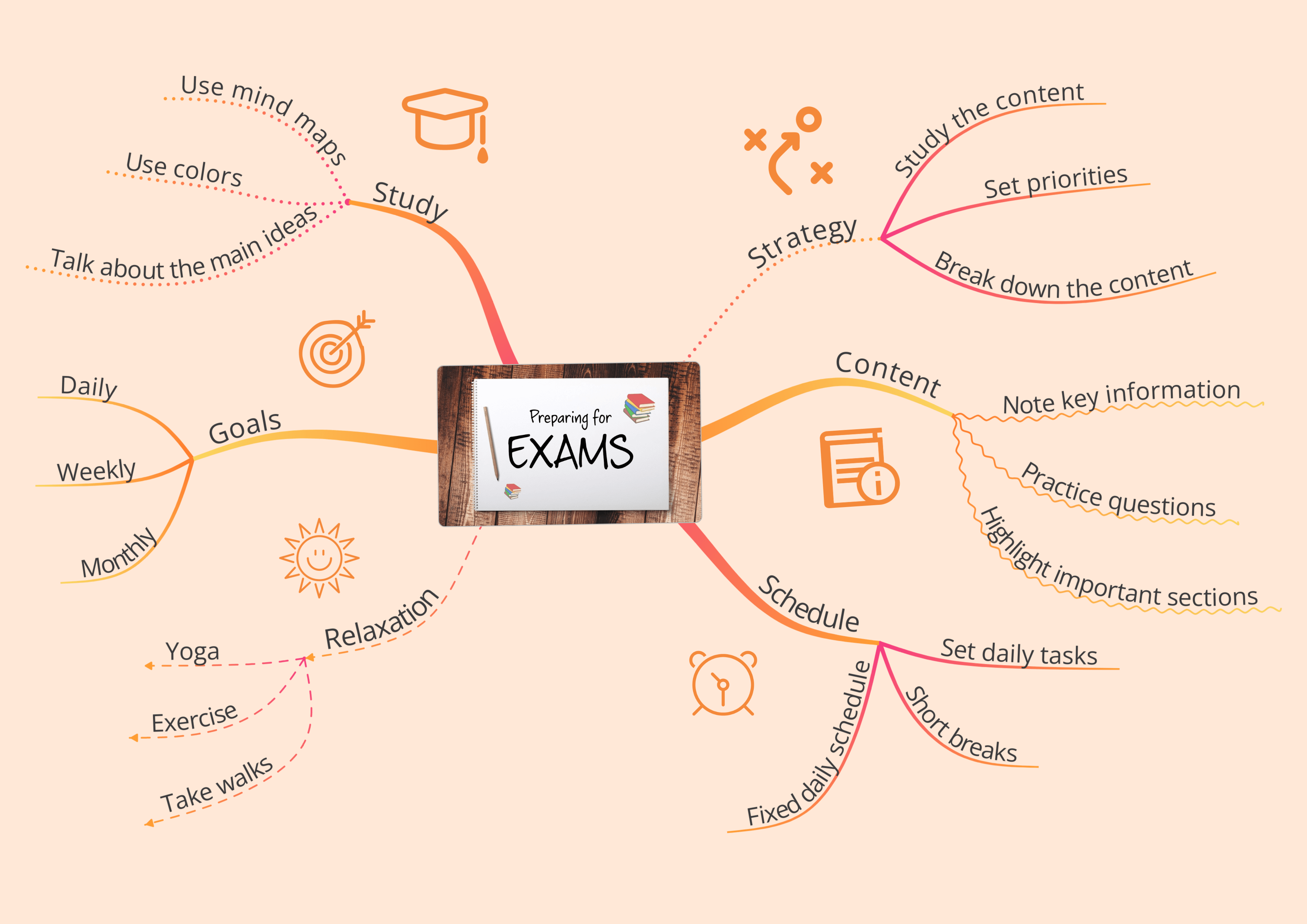
Image from: ayoa
Using mind maps for exam preparation can significantly enhance your study process, leading to better retention and understanding of the material. By organizing information visually, you can create a clear roadmap for your studies, making it easier to navigate complex topics. Whether you’re preparing for a final exam, a standardized test, or any academic assessment, mind maps can be a valuable tool in your study arsenal.

AI-powered mind maps to help you streamline your research and get your work done faster.
Education Consultant
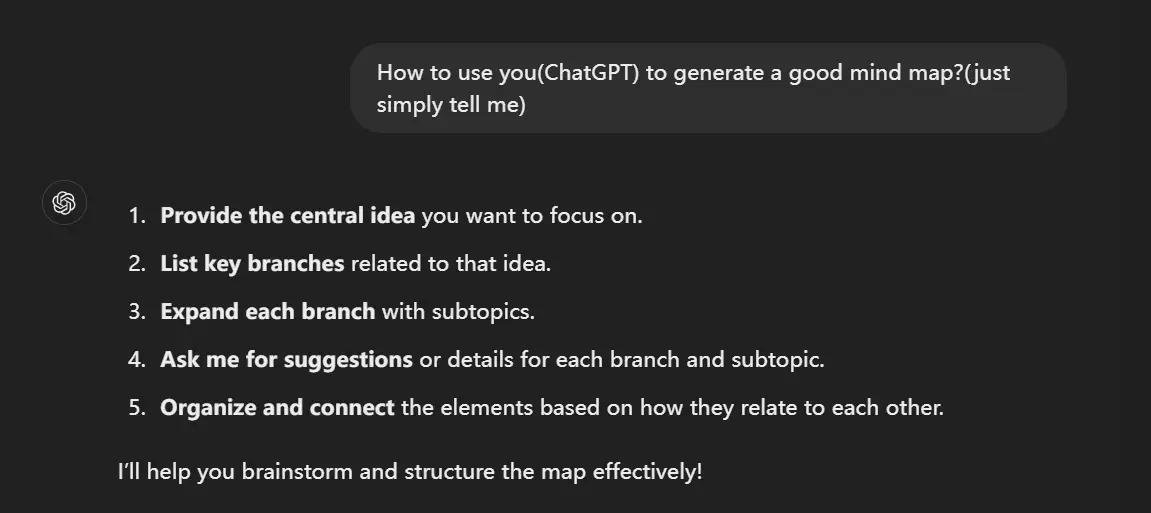
Explore how to use ChatGPT for effective mind mapping in this blog. Discover ChatGPT’s benefits for organizing complex information and learn three detailed mind mapping methods with their pros, cons, and examples. Improve your brainstorming and idea organization skills by leveraging ChatGPT.
Education Consultant

Master the art of note-taking with mind maps! Learn techniques to structure your thoughts, enhance retention, and make your notes more effective using mind mapping tools.
Education Consultant